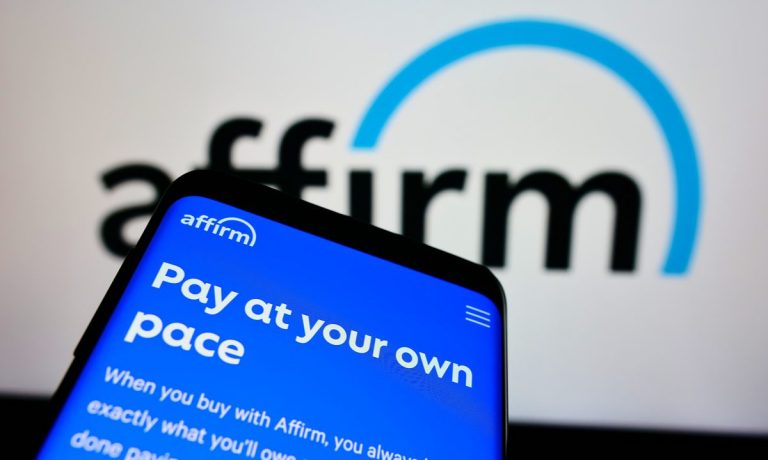
There’s a well-known bumper sticker that succinctly condenses a fatalistic worldview into two simple words: “Stuff Happens.”While that* is a polite interpretation of the actual saying, it fairly characterizes the final five hours of hell endured by Buy Now, Pay Later provider Affirm on Thursday (Feb 10) afternoon, as the 10-year-old firm marked its first year as a public company with an earnings report that was remarkable and unforgettable, but more than anything, costly.
This, after a “human error” caused a chart about Affirm’s earnings to be prematurely posted on Twitter, causing the company to decide that it would be better to release a full set of results a few hours ahead of schedule than to allow speculation to run wild with only partial information.
See more: Affirm Stock Slides After Early Release of Earnings Results
However well-intentioned Affirm’s damage control actions were, they didn’t work.
Panicked investors shredded close to $4 billion in market value from the San Francisco-based FinTech in less than an hour, essentially doubling a pre-existing three-month sell-off that has now cut Affirm’s valuation by 60%, while simultaneously scrambling to find reasons why the stock was in free-fall.
“We feel great about our progress,” CEO Max Levchin said almost right out of the blocks to an eager and expecting audience of analysts and investors tuned-in to the company’s 5pm webcast.
“We remain quite unpivoted and focused on delivering long-term, compounding value to all our stakeholders: consumers, merchants, employees and shareholders,” the 46-year-old Ukrainian-born company founder added, talking for another 15-minutes without offering so much as a passing reference to the share-price inferno and investor bewilderment going on around him.
While CFO Michael Linford would offer a litany of triple-digit records and financial results ranging from gross merchandise volume (+115%) to active customers (+150% to 11.2 million) or the 2000% jump in active merchants (to end the year at 168,000), investors were again left on their own to figure out exactly what was going on, and whether it was fixable.
What Just Happened?
While analyst expectations and estimates often vary widely, by most accounts and metrics Affirm’s Q2 results either met — or slightly beat — expectations, and the company offered guidance for the coming quarter and year that was largely at or above plan.
While some raised questions about a larger-than-expected $159 million operating loss, others questioned Affirm’s reduced “take rate” on deals done with its expanded partnership with eCommerce giant Amazon. Still others asked whether a slip in its gross revenue as a percentage of volume was to blame, or perhaps even its exposure to Peloton.
In the end, no single metric or explanation emerged that was commensurate with a 30 or 60 percent slump. In fact, for every question it was asked, the company shared another answer, or stat, in what would be a 75-minute presentation that assured investors that Affirm was still “delivering hypergrowth at scale.”
“Growth accelerated on both sides of our network as active consumers more than doubled while active merchants increased more than 20-times,” Linford said, noting that no single merchant accounted for more than 10% of the quarter’s GMV.
“We had a phenomenal holiday season and we more than doubled our volume for Black Friday, Cyber Monday,” he said, “and we believe we took significant market share from both traditional incumbents and BNPL pure plays.”
In short, those expecting to see panic or doubt in the faces of Affirm’s leaders were left wanting, as were those who tuned in looking for answers as to why the stock was getting hammered.